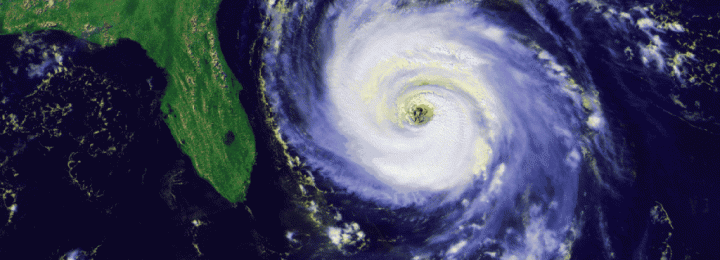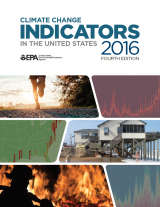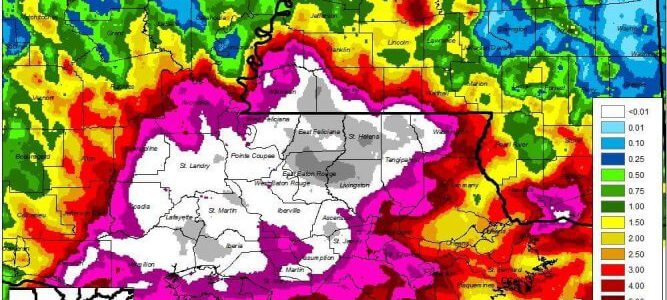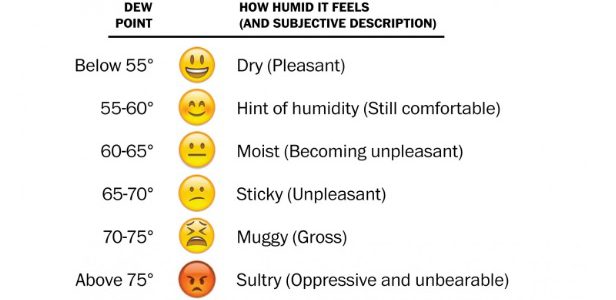Climate science
-

The tropics are starting to heat up with the development of Tropical Depression 6, which is expected to become TS Fiona within a few days. It won’t hit the Southeast in all probability, but the next storm might come a lot closer. Here are two web sites with helpful information on preparing for a tropical…
-

EPA has released their updated 2016 publication on indicators of climate change for the United States. This document shows trends in a variety of climate variables including temperature, precipitation, and ice based on a number of different objective data sets. You can watch a slide set with summarized information and read more about it…
-

It seems that the national media is finally becoming aware of the unfolding tragedy that is the flooding occurring in Louisiana. There have been many more reports on the flooding in the last couple of days. So far, 9 people have been killed and over 20,000 displaced by the flooding. According to the Wunder Blog,…
-

Just for fun, I am posting this link to a list of obscure regional phrases for extreme heat from Mental Floss. If you have other ones, email them to me and I will add them to the post. https://mentalfloss.com/article/31165/11-obscure-regional-phrases-describe-excessive-heat
-

The Washington Post had a thoughtful article today about how Hoboken NJ is dealing with development along the seafront following the devastation from Hurricane Sandy. This is particularly important because of the risks from sea level rise in the coming decades, which will make inundation along the coastline more frequent in the future. Many coastal…
-

The Capital Weather Gang of the Washington Post had an interesting article earlier this week discussing why the current weather is bringing huge rains to Louisiana and other areas of the central US as well as bringing heat and sweltering weather to the East Coast. The maps in this article are a couple of days…
-

You know if you’ve been reading this blog that we missed out on a bunch of rain this week. The lucky winner instead was Louisiana, which had estimated rain totals as much as 30 inches so far, and it is still raining. Here are a couple of stories about the flooding. Steve Hilberg wrote about…